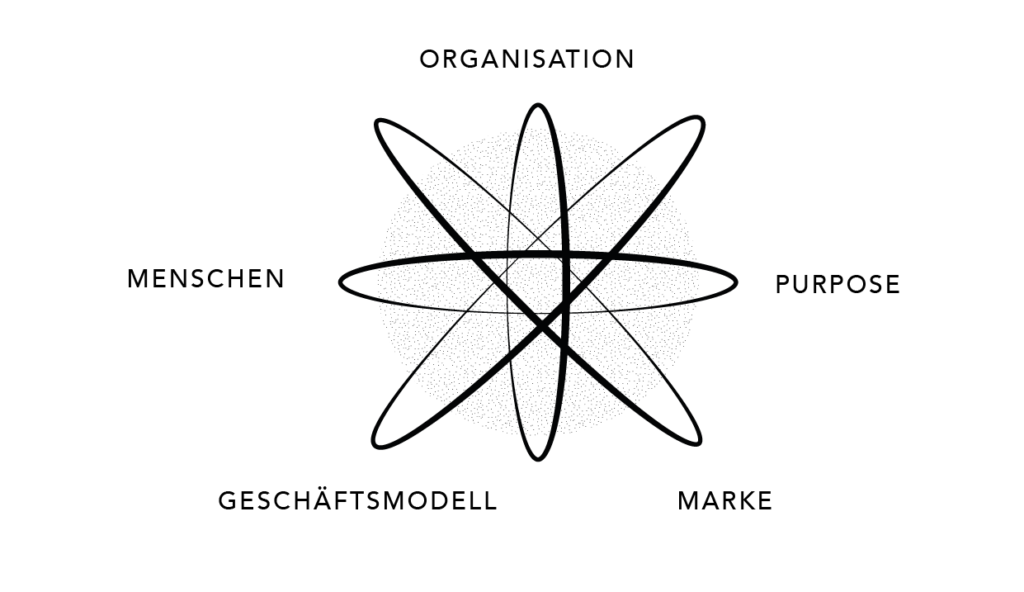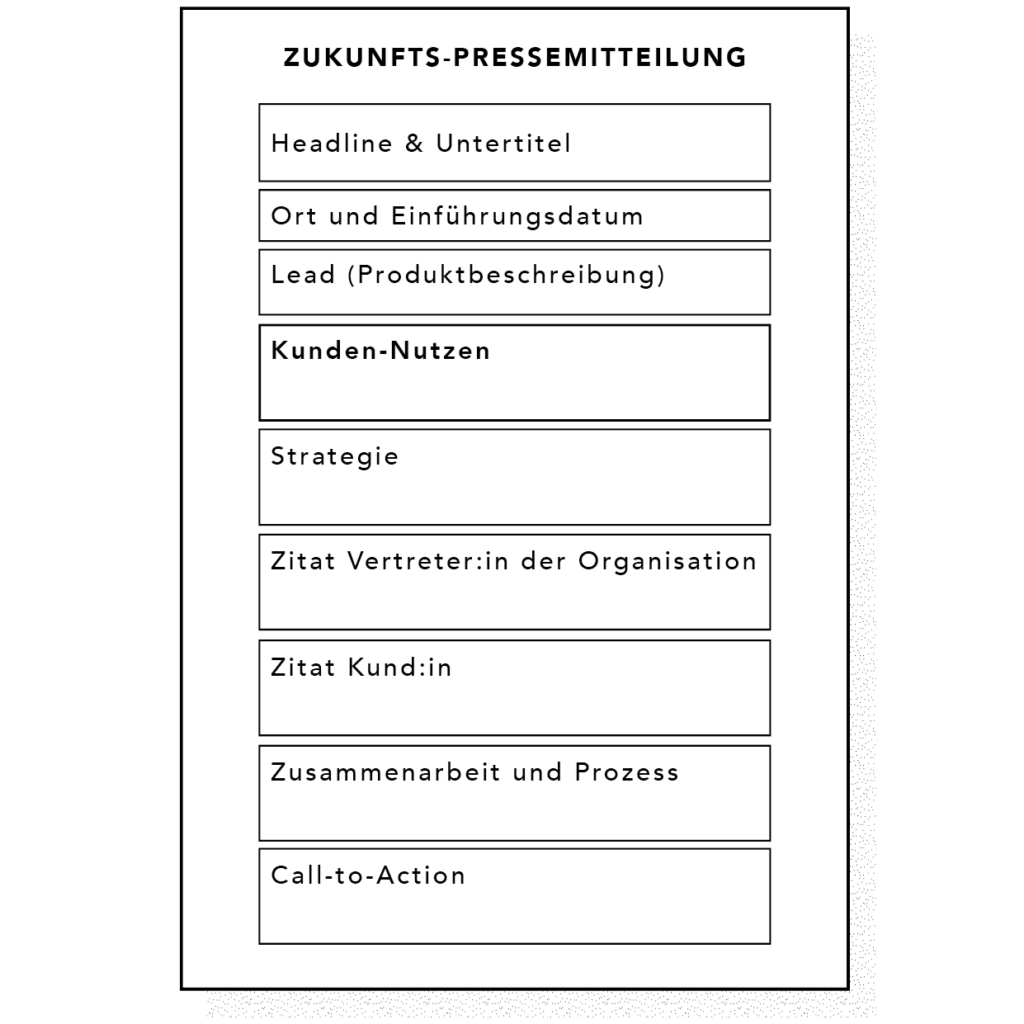For what?
Meditation is an effective way of calming your mind and body and clearing your head. In this state, you can find out how you relate to your own feelings and thoughts and explore the patterns of your thoughts and actions. Many meditators feel healthier, are less stressed and find their lives more meaningful. If you meditate regularly, you can get out of a stressful situation relatively quickly.
Example
In general, meditation can always be used and leads to mental well-being more quickly, especially in routine. We recommend starting with short meditation sessions and increasing the length as required. Meditation can also help when difficult personal decisions have to be made or an important decision has to be made in the company.
What matters
- If you start meditating, you will often find that the more you try to calm down, the more wildly your thoughts race. Don't give up, because that is part of the exercise: entering into a new relationship with your stream of thoughts increases your awareness.
- Observe which feelings or thoughts come to the surface and do not judge them. Meet them with a friendly, curious and attentive attitude.
- It is not about getting rid of everything that is stressful, because that is how you go into resistance. It's about recognizing and allowing stressful feelings and thoughts and not letting them take over you.
- What you learn in meditation can be applied to all situations in life and also at work. If you recognize where you are making life difficult for yourself or cannot cope with a situation, you have the opportunity to change something. You can face the things that you cannot change with equanimity and concentrate on the important things - on the things that you can ultimately change.
- Meditation can also make you aware of unpleasant truths - for example, how stressed you actually are or why a certain situation is really bothering you, because the newly gained mindfulness dissolves repression mechanisms.
- There are various meditation techniques and it may take you a while to find one or more that suit you.
- You can meditate at different times of the day. In the beginning, however, it is advisable to develop a routine and schedule fixed meditation times.
- If you treat meditation like mental hygiene and schedule it in, you will find it easier to use it as an integral part of your everyday life.
- Don't give up! Meditation requires stamina and training. Meditating can be harder than running.
Step by step
Step 1
Arrive: Create a space in which you are as undisturbed as possible. Sit down comfortably (cross-legged, on your knees, on a chair or cushion) so that you can sit for a few minutes as motionless as possible and with a straight back. Take a moment to arrive in the here and now.
Step 2
Observe your breath: Start by observing your breath with an open mind. You can give the characteristics of your breath labels such as warm/cold, moist/dry, fast/slow, deep/shallow. Follow your
Breath throughout the body - which parts of the body it moves and which it reaches. You can also consciously say to yourself with every breath: "I'm breathing in, I'm breathing out."
Step 3
Meditation: Then turn to your thoughts and observe them with an open mind and curiosity - as if you were a researcher observing a natural phenomenon. You can look at your thoughts like passing phenomena by assigning them to categories such as "feeling" or "memory". You can also place your thoughts on clouds and let them gently drift away. In this way, you learn to distance yourself from your thoughts and not necessarily let them guide you. You will realize that your thoughts are often products of your mind and not a true representation of your reality. If your thoughts do wander, don't punish yourself or declare the meditation a failure. Simply refocus on your breath and bring yourself back to reality.
back to the here and now.
Step 4
Conclusion: Set yourself a timer if you have a tight schedule to keep or want to make sure you try meditation until the end of that time. Or rely on your gut feeling to tell you when you have meditated enough. Deepen your breath, begin to slowly stretch your limbs and slowly open your eyes.
Framework
Duration: approx. 5 - 15 minutes
Format: do it yourself; under the guidance of a meditation teacher or
Instructions via recording (CD, app)
Participants: individual
You can find more information on this and other tools for overcoming business challenges with communicative means in the book "Rethinking communication".






